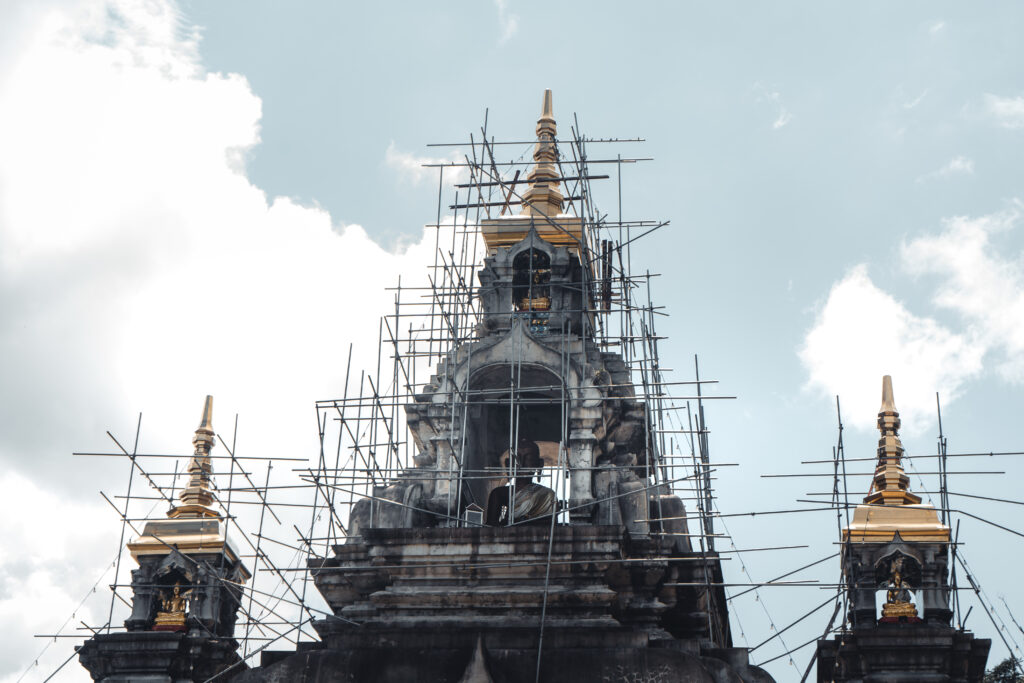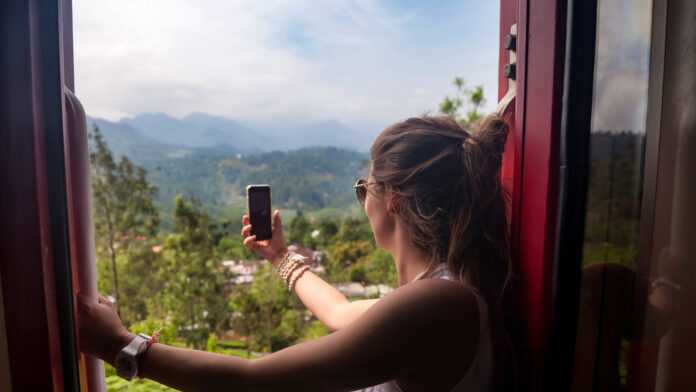Engaging the Global Sri Lankan Community in Tourism Growth
Sri Lanka’s economic future hinges on its ability to unlock new opportunities within familiar spaces. One of its most underutilised assets lies outside its borders: the global Sri Lankan diaspora. Scattered across Europe, North America, the Middle East, and Australasia, this community of over two million people holds more than remittances and familial nostalgia. It represents a powerful channel through which tourism, trade, and cultural promotion can be
revitalised in ways that are sustainable, strategic, and deeply personal.
For decades, Sri Lanka’s diaspora has supported the economy primarily through remittances, contributing billions of dollars annually. But this narrative is evolving. The post-pandemic world and Sri Lanka’s own economic crises have prompted a rethinking of the diaspora’s role. What if this global network was seen not just as a source of financial inflows, but as active ambassadors, investors, storytellers, and curators of the island’s image?
Nowhere is this rethinking more critical than in tourism. The Sri Lankan travel industry has struggled in recent years due to the dual shocks of the 2019 Easter attacks and the COVID-19 pandemic, followed by political instability and economic upheaval. International tourist arrivals have rebounded slowly, but the sector remains fragile, heavily reliant on traditional markets and seasonal flows.
Engaging the diaspora can offer a stabilising force and open entirely new avenues of growth. First, diaspora members themselves are potential repeat visitors with high per-capita spending potential. Unlike typical tourists, they visit for longer durations, engage with less commercial destinations, and bring extended family along. This means their impact is broader and deeper, often reaching rural economies and smaller businesses.
Second, diaspora communities serve as natural brand ambassadors for Sri Lanka abroad. They can influence travel decisions of friends, colleagues, and social networks by sharing authentic stories and curated experiences. In an era where peer influence and social media carry more weight than advertising, this form of grassroots marketing can be powerful and cost-effective.

Yet the real opportunity lies in developing formal channels for diaspora-driven tourism investment and promotion. Countries like India, Israel, and Ireland have institutionalised diaspora engagement through targeted programs, investment funds, and policy frameworks.
Sri Lanka has lagged behind, often treating diaspora input as sporadic or sentimental rather than strategic.
This must change. The government, in partnership with the private sector, should build structured platforms to invite diaspora participation. For example, a dedicated “Diaspora Tourism Council” can be created under the Tourism Development Authority. This council can coordinate with Sri Lankan embassies, diaspora organisations, and industry bodies to identify promotional campaigns, funding opportunities, and partnership models.
Such a body can also spearhead diaspora-focused travel products. These could include heritage tours, village reunions, genealogy experiences, culinary explorations, and cultural immersion packages designed specifically for second and third-generation Sri Lankans living abroad. These young individuals often seek to reconnect with their roots, but lack structured ways to do so. Sri Lanka must offer them more than casual beach stays or temple visits. It must offer identity-rich, story-driven journeys.
The diaspora is also a bridge to foreign markets. Boutique hotel owners, tour operators, wellness retreat developers, and agro-tourism startups can benefit from diaspora connections in overseas retail, distribution, and marketing. Many diaspora members hold senior roles in the hospitality, media, or investment sectors of their adopted countries. Their endorsement can open doors that no conventional marketing can.
There is also a growing appetite among diaspora entrepreneurs to invest in small- and medium-scale tourism ventures in Sri Lanka. However, they often face red tape, land acquisition hurdles, or unclear regulatory procedures. Simplified entry schemes, one-stop investment desks, and clear property laws could encourage such inflows. Even partial ownership models, where diaspora investors co-fund community lodges, conservation initiatives, or heritage renovation projects, could generate significant capital while preserving
local control.

Digital infrastructure plays a key role in enabling this engagement. A centralised online platform possibly operated under the Sri Lanka Tourism Promotion Bureau can allow diaspora members to explore investment opportunities, connect with vetted local partners, and contribute ideas for sustainable tourism. It can also act as a storytelling hub, where diaspora members can share personal travel narratives, blogs, and visual content that amplify Sri Lanka’s tourism brand.
Education is another avenue. Diaspora-led academic exchanges, internships, and travel can bring young professionals to Sri Lanka for learning and volunteer opportunities.
These programs can be linked to tourism, such as wildlife conservation, heritage documentation, or community-based travel projects. The experience not only deepens the visitors’ relationship with Sri Lanka but also equips them to be long-term advocates.
Private sector brands too can play a proactive role. Hotels, airlines, and tour agencies can develop diaspora loyalty programs that offer discounts, extended stays, or cultural perks.
They can also co-host travel expos and networking events in cities with large Sri Lankan populations, from Toronto to Melbourne to Dubai, promoting packages that cater to diaspora travellers’ unique expectations.
Cultural diplomacy should support this broader strategy. Sri Lanka’s embassies can host tourism weeks featuring diaspora chefs, artists, filmmakers, and entrepreneurs who represent the country’s evolving identity. A positive, modern image of Sri Lanka curated by its diaspora is more likely to resonate with global audiences than traditional top-down campaigns.
Of course, all this requires coordination, clarity, and political will. The diaspora must be seen not as a remittance machine or a passive audience but as equal partners in nation-building. Policies should reflect this respect and trust. Transparency, speed, and fairness in dealing with diaspora investors and stakeholders will be critical to sustaining interest.
At a time when Sri Lanka is rethinking its economic future, the diaspora stands as a unique advantage. They bring global perspectives, financial capital, and emotional investment. Tapping into this network with focus and foresight can transform the country’s tourism sector from one based on volume to one based on value, from dependency to self-driven advocacy.
As one second-generation Sri Lankan from London recently remarked at a tourism forum, “We are not just guests returning home. We are part of the home that never left.”It is time to turn that sentiment into strategy.




